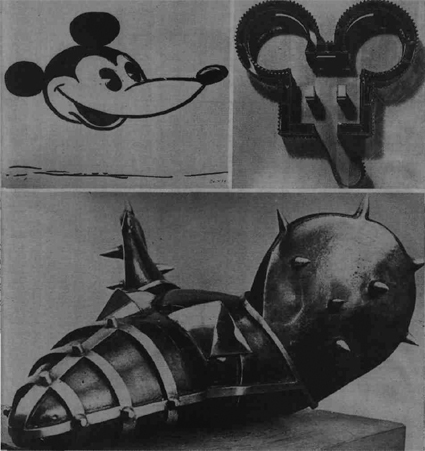Superheroes, Disneyland and modern art: Andrew Graham-dicon review Co mic Iconoclasm at the ICA
THE COMIC STRIP superhero goes back a long way. You could argue that Superman is not really a twentieth cen¬tury creation at all, but a kinkily caped and leotarded descendant of the God that soars across the vault of the Sistine chapel. The gestures of Curt Swan's im¬mortal immigrant from Krypton are all there, after all, in Michelangelo's Al¬mighty: in his imperious, muscular sweep of a hand to fashion the sun, moon and planets; in his dynamic pris¬ing apart of light and darkness; in the ef¬fortless ease of his flight.
True, the clothes are not right — the figures on the Sistine ceiling are draped, not caped — but otherwise there is a certain mischievous plausibility in cast¬ing Michelangelo's deity as the Original, Ultimate Superhero. (If this seems a bit fanciful, the Tate's 1975 Henry Fuseli exhibition catalogue demonstrated that Fuseli's musclebound mythical figures, themselves heavily based on Michelan¬gelo, directly inspired such twentieth century comic strip heroes as The Silver Surfer and Thor.)
Modern art has gradually purged it¬self of religious or mythical iconography and, in its abstract forms, of narrative it¬self, once the pre-requisite of all serious art. As a result, it has engineered an amusing reversal of the old aesthetic hi¬erarchy: if you want to create moralising, sequential art, rooted in he¬roic treatment of the human anatomy, (as Michelangelo did) sign up with Mar¬vel or DC.
Comic Iconoclasm, at the ICA could have been an extremely interesting show. Instead, it is a well-intentioned failure, and one clue to its inadequacies is found in the explanatory text that ush¬ers you into the exhibition. Here you learn that it aims to "chart the way in which the mass-produced medium of the comics has influenced and affected...


